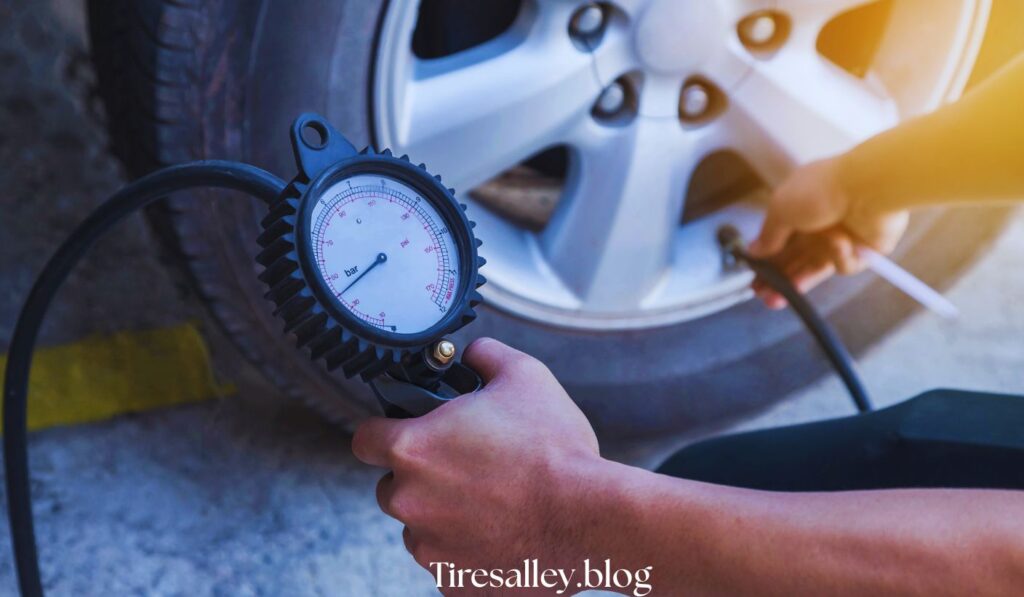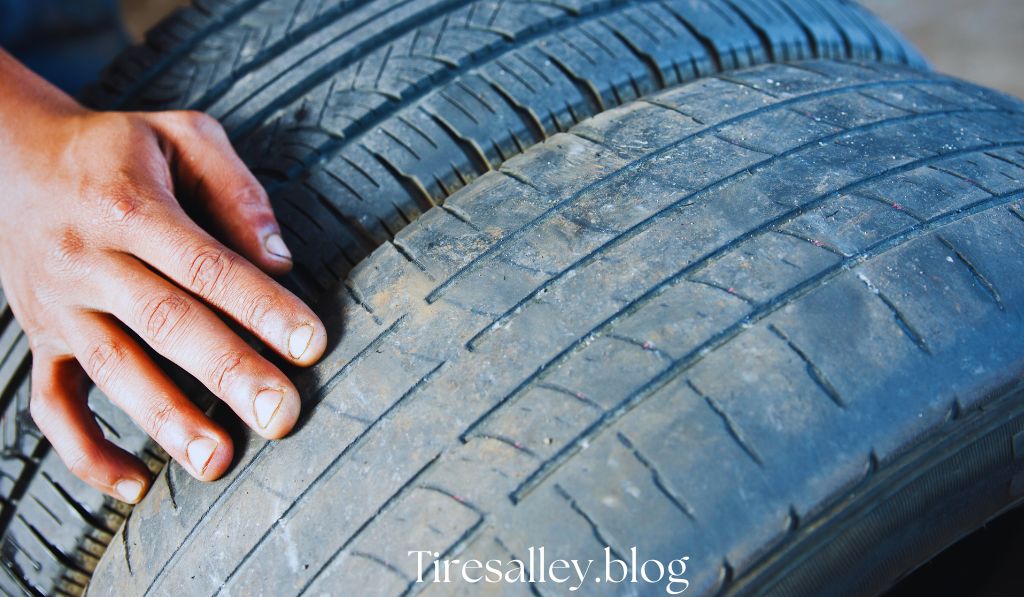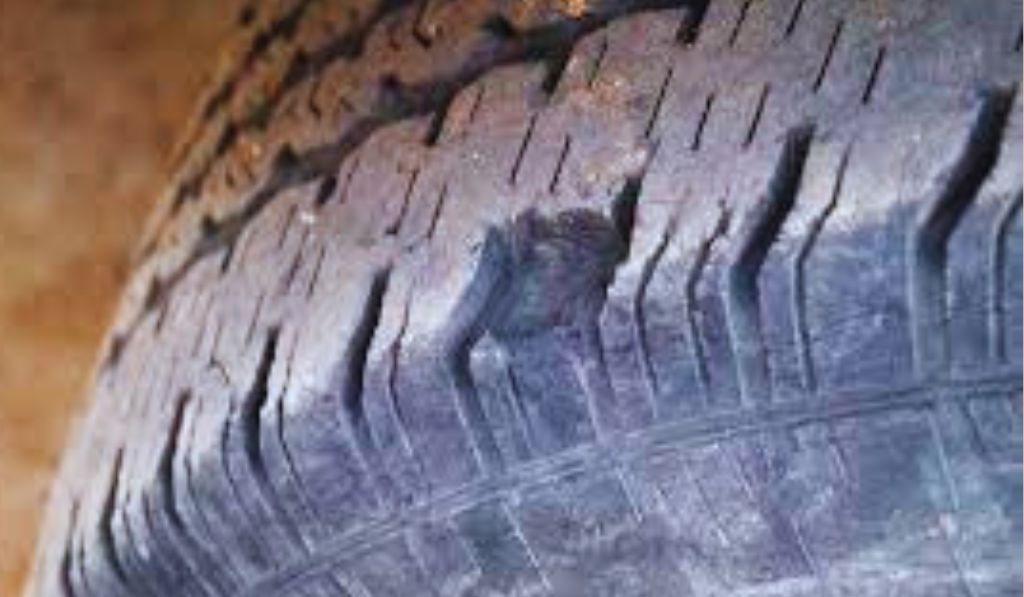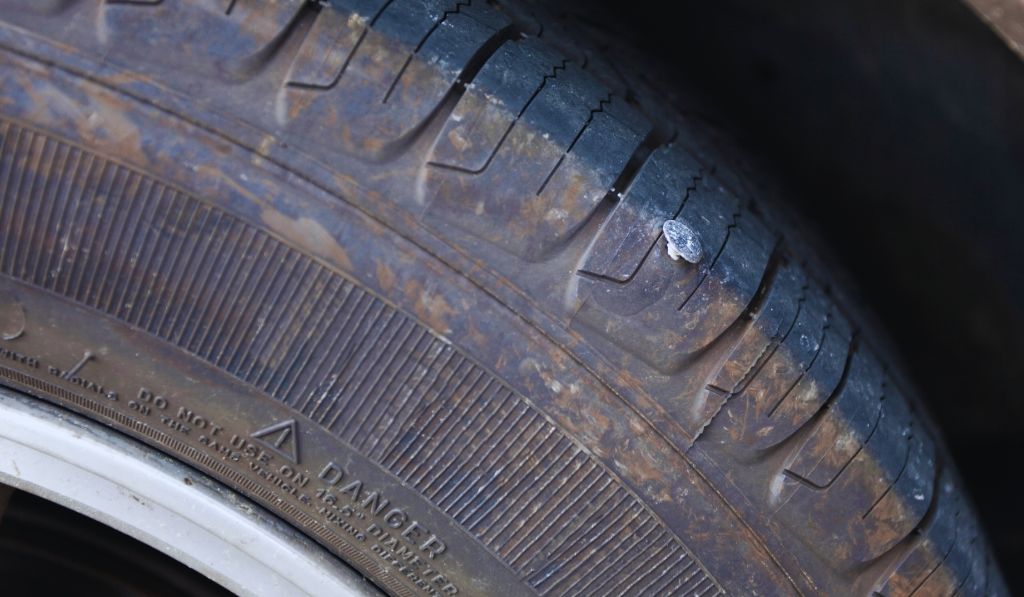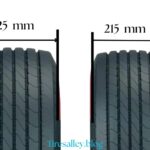215 vs 235 Tires: The Ultimate Comparison Guide
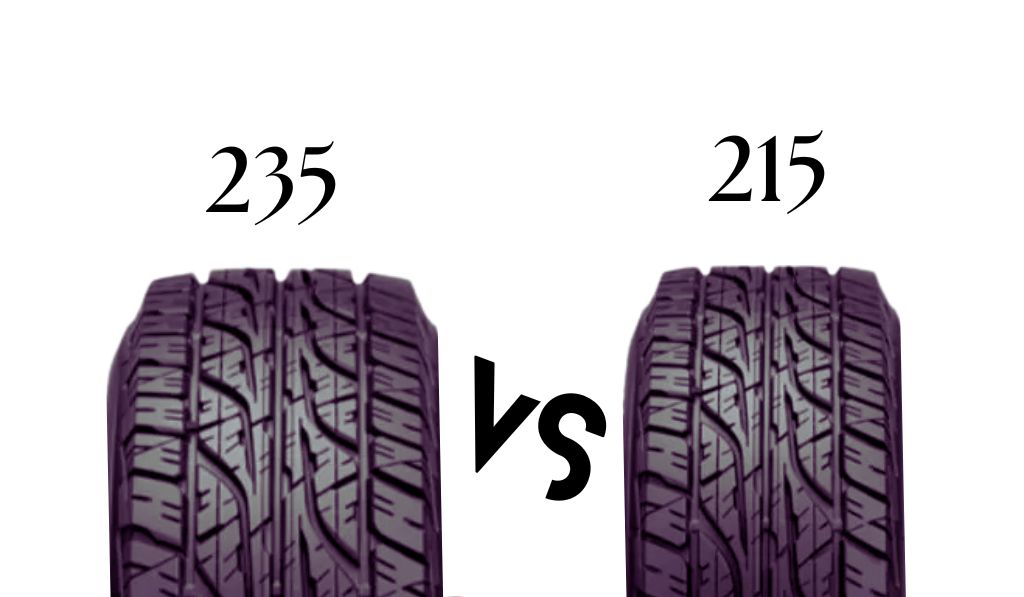
There is sometimes confusion when trying to decide between 215 vs 235 tires for upgrading your car’s tires. In millimeters, these measurements mean your tire width and making the tires just 20mm different can alter the way your vehicle drives, nerve gas usage, how it feels when you ride and its overall appearance.
You’ll find not just a list of broad differences here; this guide goes into details that will be useful to you. In this guide, we’ll cover everyday metrics as well as uncommon topics such as tire life, choosing the right suspension and driving in different situations.
What Does 215 and 235 Tell You About Tire Sizing?
The three primary sizes given in 215/60r16 or 235/45r18 are:
- The recommended monthly amount is 215mm or 235mm.
- The ratio between a tire’s sidewall height and its width is known as its aspect ratio.
- Rim Diameter: Generally written in inches, for example 16″, 17″, 18″ or 19″.
For example:
- This tire is 215mm wide and its sidewall is 60% as wide. It is designed to fit a 16-inch rim.
- This tire is 235mm wide, has a 45% aspect ratio and will fit on a 18-inch rim.
Key Differences Between 215 and 235 Tires
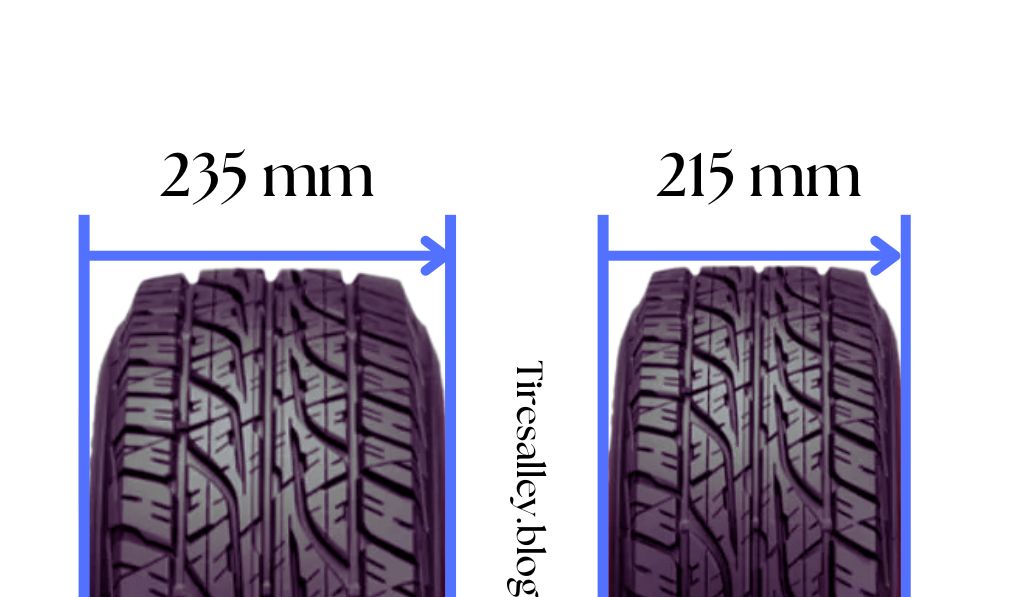
| Feature | 215 Tires | 235 Tires |
|---|---|---|
| Width | 215mm | 235mm |
| Grip | Moderate | Higher grip due to wider tread |
| Fuel Economy | Slightly better | Slightly lower |
| Handling | More nimble | More stable at high speeds |
| Comfort | Smoother on bumpy roads | Slightly stiffer ride |
| Cost | Usually cheaper | Generally more expensive |
Ride Comfort: A Surprisingly Overlooked Factor
While tires at 235/60r18 can give you better control on the road, 215/60r16 tires tend to take up road bumps more effectively. For this reason, 215 tires are a good fit for people who travel by car each day or for longer rides on highways.
Many people do not know that wider tires tend to make the ride louder and harsher. If the roads you drive on are not maintained well, 215 55 r17 tires can make your ride both quieter and smoother.
Read also: How to Fix a Tire with Wire Showing: A Comprehensive Guide
Fuel Efficiency: Does 20mm Really Matter?
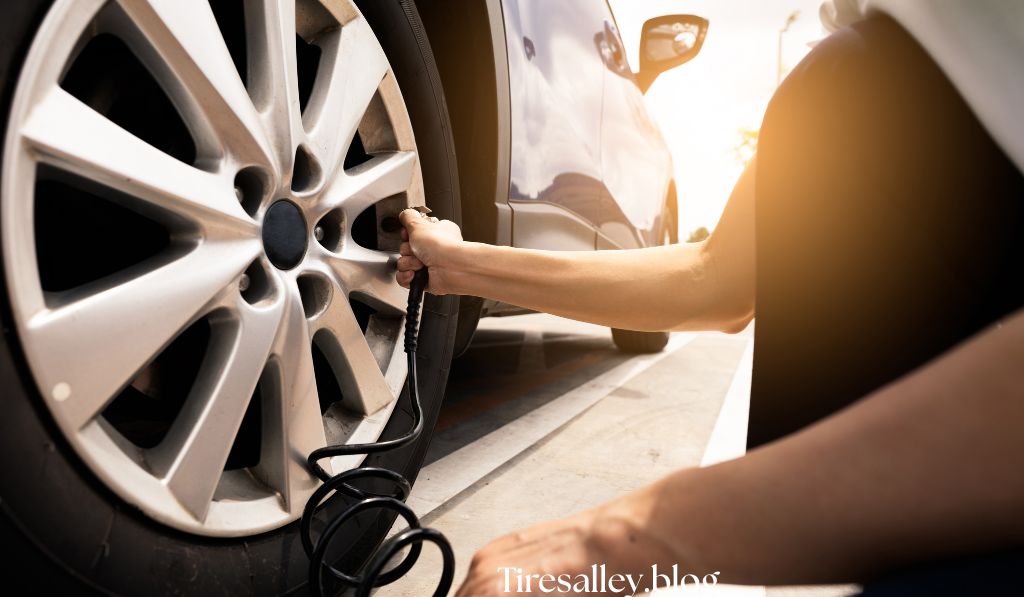
Absolutely. Using narrower tires will help your vehicle get better gas mileage by reducing how much energy it takes to roll. The 215/55r17 and 215/60r16 have better fuel economy than the 235/45r18 tires for those searching for better mileage.
Even though the saved fuel per tank is little, it builds up a lot for those who cover a lot of miles each year.
How Well a Tire Sticks and Moves on the Road

With tires like 235/40r19, you get a wider area touching the road which increases your grip. Performance cars can take advantage of this feature when entering a turn and when halting suddenly.
If your region often has rain or a little snow, 235/60r18 tires with all-season treads give you better traction than 215 55 r17 tires.
Load Index and Suspension Impact is Not Often Discussed
This doesn’t get mentioned in many guides, but changing from 215 to 235 can affect your suspension alignment.
- Load Index: When you use wider tires, heavier loads are easier to carry. Vehicles used mainly for carrying things would benefit from this.
- suspension system: The wider type of tire such as a 235/45r18, can strain the suspension system a lot if your vehicle was made without them in mind.
Look in your vehicle handbook or visit a professional before swapping your tires.
Read also: Negative Offset Wheels: 4 Common Problems & Expert Solutions
When driving in snow, which tire width is the best?
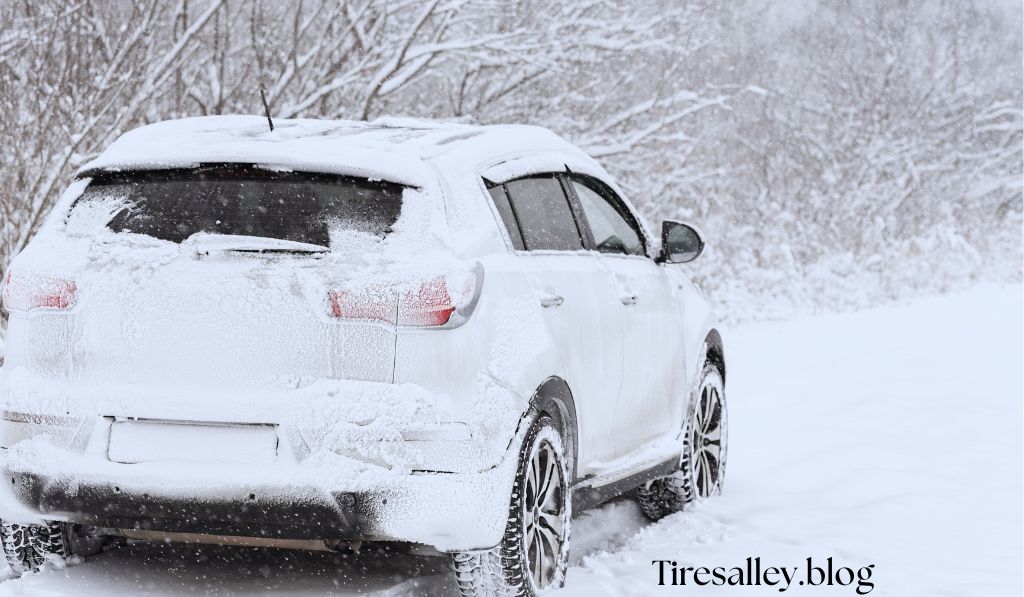
Many people think wider tires do better in snow, but narrower tires, for example 215/60r16 or 215 55r17, are proven to work much better.
They slice through snow more effectively, increasing traction.Broad tires could ride up on the snow which could make it harder to control the car. If you live in an area with difficult winters, using 215 tire width will keep you safer.
Looks and how they roll
Large tires tend to improve the sporty look of a car. Many tire enthusiasts like the way a 235/45r18 or 235/40r19 tire better utilizes the space inside the wheels.
However, some vehicles are not big enough to take the added width without causing rubbing. These parts also include suspension, fender liners and the offset of your wheels.
Comparing Pricing Based on How Well the Part Performs
Usually, 235 tires are about 10–20% pricier than 215 tires, subject to the brand and profile of the tires. For instance:
- About $100 to $130 each for 215/60r16 tires.
- Tires of size 235/60r18 often cost $120–$160 per pair.
You will see the difference most if you are tight on budget or replacing every tire.
Does Tire Width Affect How Long Your Tires Last?
Yes. Vehicles with wider tires tend to have less pressure per square inch which can increase their tread’s life—provided the tires are inflated properly.
Wear on the tires will often become unbalanced if your car’s alignment is not correct. If there are slight problems with your alignment, 215 55 r17 tires are more tolerant.
Unique Driving Conditions: Which Tire for Which Terrain?
| Condition | Recommended Size | Reason |
| Urban Streets | 215/55r17 or 215/60r16 | Better comfort & fuel economy |
| Mountain Roads | 235/45r18 | More stability and grip |
| High-Speed Freeways | 235/40r19 | Improved handling & control |
| Rural & Snowy | 215/60r16 | Narrower profile digs through snow |
Does It Work with Both? Can You Trade Out Your Tires?
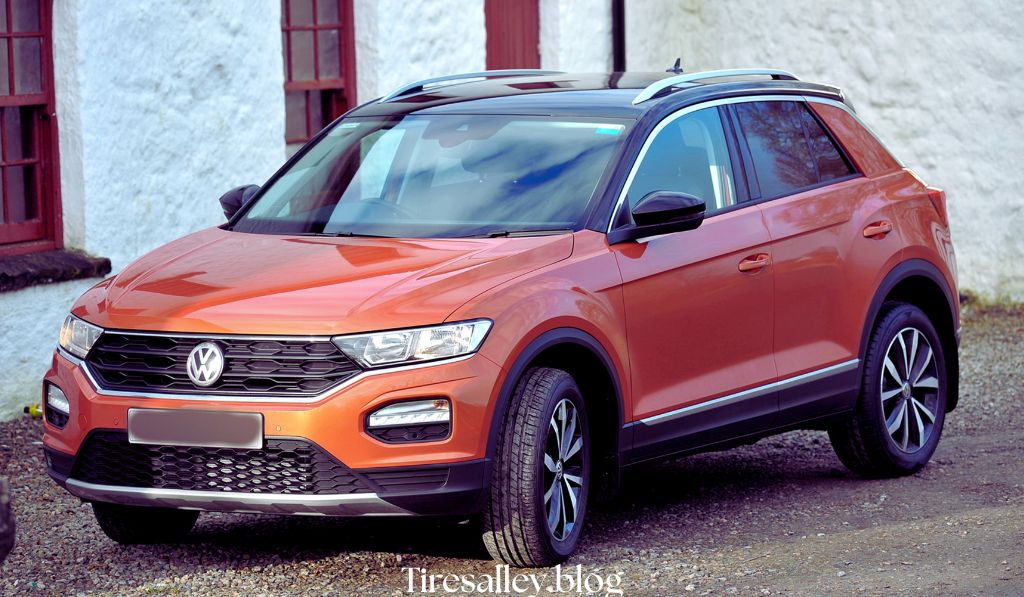
Vehicle CompatibilityYou might, but it is not always safe. Choosing wider wheels may look good at first, but an incorrect fit can bring about:
Speedometer inaccuracy
- A rise in fuel consumption
- Tires that don’t last as long
- Suspension misalignment
Try to use wheels that match the ratio of your tires. For example, it’s more practical to trade in 215/55r17 tires for 235/50r17 tires than to use 235/60r18 tires without first making modifications.
Actual Cases and Practical Examples
Part 1: The Everyday Sedan
Tires for a stock Toyota Camry (215/60r16) are swapped out for 235/60r16. At some point, the owner realizes:
- A grip that works better than average
- A decrease of 1-2 MPG in your car’s fuel performance
- Minor wear during an entire driving session
Scenario 2: Sports utility vehicles (SUVs)
Because he likes a smoother highway ride, the owner replaces the original 235/45r18 tires with 235/60r18 in his BMW X3. Results include:
- More comfortable driving
- Stronger carrying capacity
- Available cornering is slightly worse than before.
People Often Forget: There Are Insurance Aspects
Few car owners know that driving with the wrong tire size can cancel any insurance claims after an accident.
If your vehicle’s policy says it must have OEM specs and you install 235 40r19 tires, problems can result since it was built to use 215/55r17 tires.Always mention an upgrade in tire size to your insurer.
Will auto tire size matter when you decide to resell your vehicle?
Absolutely. Tires that are not the right size or that are too big may make some buyers suspicious. Many people who buy economy cars might choose the original 215/60r16 tires rather than the prettier 235/60r18 tires, as they’re cheaper to replace and offer more miles per gallon.
What Size Tire is the Right Choice for You?
Here’s a fast way to determine which version to download:
Choose 215 tires if:
- You pay attention to how much fuel is used and how you feel inside the car
- You often have snow falling in your region.
- You purchased a medium-sized or smaller car
Choose 235 tires if:
- Better performance on the road is important to you.
- Your car is either a sports car or an SUV
- It’s important to you that a vehicle looks good and drives well.
Conclusion
Deciding between 215 and 235 tires cannot be done by size alone. You should consider the car’s purpose, the way you prefer to drive, the surface it will face, how much you can afford and safety.
Neither option is always perfect, so you should decide by matching them to your vehicle’s style and your way of driving.
Think about test driving the same type of car with your needed tires or talk to a trusted tire expert before your purchase.
Frequently Asked Questions
Can I fit a set of 235 45 r17 tires instead of the 215 55 r17 I now have?
The wheel’s fit depends on your car’s wheel well measurements and the tolerance for alignment. Read your owner’s manual or ask for assistance from a repair specialist.
Will 235/60r18 tires match every SUV?
It is important to look at your SUV’s load index and see if the suspension will hold the new tires before upgrading.
Can you drive in snow with 215/55r17 tires?
Yes. Because they have more ground pressure, narrower tires are better equipped for driving in the snow.

